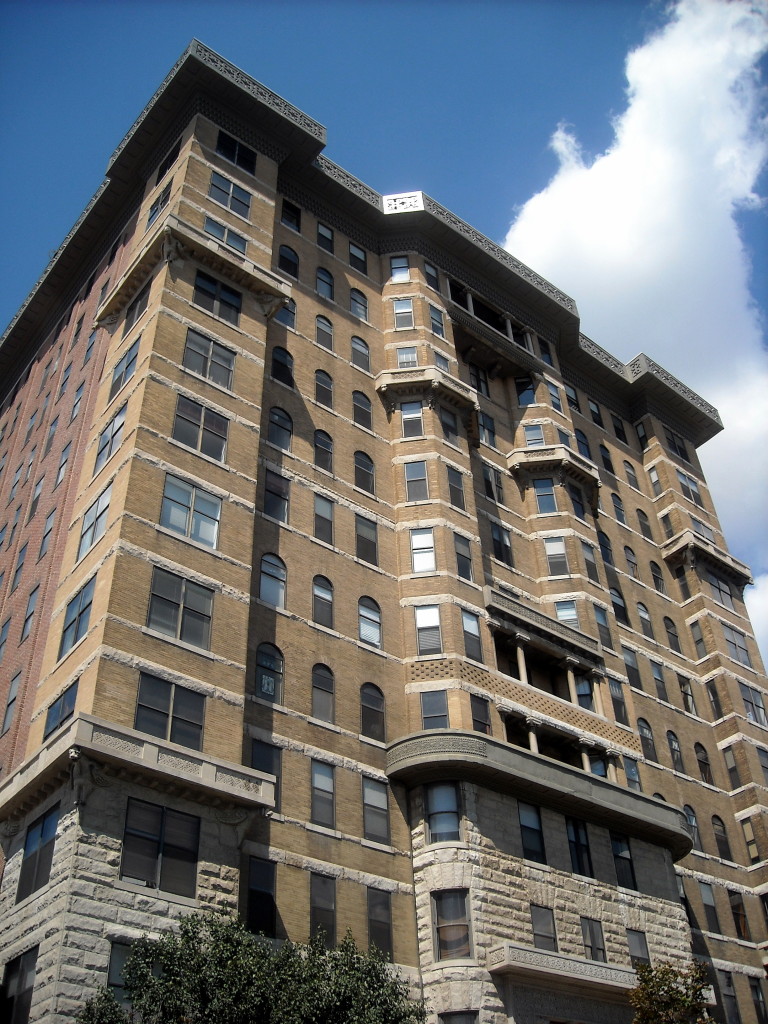This section is divided into two main components.
First, we examine the 2 – 4 unit multiplex properties. These are treated as their own unique category especially due to the way they’re treated by the US Federal Government.
Then, we focus on the mother of all multi family properties: apartment building investments. Apartment buildings are one of the best, but also one of the trickiest, real estate asset classes to invest in.
We’ll examine a bit about both categories below.
Intro to Duplex, Triplex, and Quadplex Real Estate Investing
The category of small multi-family properties includes three “plexes:” duplex, triplex, and quadplex (2 – 4 units).
What’s unique about this category, and keeps it divided from larger (5+ unit) multi-family properties, is the way 2 – 4 unit properties are treated by the US Federal Government (and therefore the traditional banking industry). Specifically:
HUD & FHA generally categorize 2 – 4 unit properties the same as SFRs.
HUD (the Federal Government’s Department of Housing & Urban Development) and its subsidiary the FHA (Federal Housing Administration) are in the business of insuring certain types of mortgage loans offered by chartered banks.
In other words: there’s a whole family of loan products offered by traditional banks & insured by the Federal Government that are available for multi-family properties up to 4 units. This includes a host of Owner Occupied programs in addition to more typical Non-Owner Occupied real estate investment loans.
Ultimately, the pros and cons of 2 – 4 Unit investment properties fall somewhere between SFRs and Apartment Buildings. You have more rents per roof, foundation, frames, and walls, but can probably handle every maintenance issue with the same skillset required for single family homes. 2 – 4 unit properties don’t have quite the economies of scale as larger apartment buildings, but they do have better cashflow potential and less price volatility than single family homes.

Intro to Apartment Building Real Estate Investing (5+ Units)
Apartment buildings & complexes are some of the most versatile forms of real estate investment. Ranging from 5 and 6 unit multiplexes to 500+ unit high rises.
Larger apartment buildings can provide investors greater economies of scale. With 10+ units, there’s still only 1 roof, 1 foundation, and 4 walls. While certain maintenance requirements scale with the number of units (kitchens, bathrooms, etc), apartment buildings can still provide investors greater bargaining power buying in bulk.
The biggest challenges with apartment buildings are numerous, but boil down to a few main factors:
- Balancing Income & Expenses. Managing a portfolio of more than a few units means running a real business, and potentially a full-time job (if not for you, then someone you’ll need to hire). You’ll need to focus on efficient marketing, prudent management, tenant customer service, timely & cost-effective repairs, consistent routine maintenance, and reasonable cost of capital… to name a few.
- Managing The Building(s). Just owning apartment buildings can be a full-time job for a real estate investor, but that’s not all you’ll need. Property management can itself also require a significant investment of time & capital. That’s because for every unit, you have another potential tenant, with another potential set of problems, and another set of customer service, maintenance, and collection requirements. One piece of good news here: you can always just hire a property management firm and merge this with Factor 1 above (taking about 10% off the top to your property manager).
- Timing The Market. This is practically impossible to do perfectly, but worth putting significant effort into, especially if you have a larger apartment building portfolio. Like all facets of the economy, apartment building values rise and fall over the years. While Net Operating Income (NOI) is your number one priority, it can’t hurt to buy low & sell high. The same goes for your financing: acquire properties & refinance during low interest rate periods to weather interest rate hikes better than competitors.
Ultimately, owning & managing apartment buildings is a major undertaking, and requires significant determination, focus, and expertise. You’ll need a mix of business, real estate investment, and finance skills to succeed and thrive.
However, investing in apartment buildings is also one of the most dependable strategies for well funded real estate investors, especially institutional investors (REITs, hedge funds, private equity, etc).

Leave a Reply